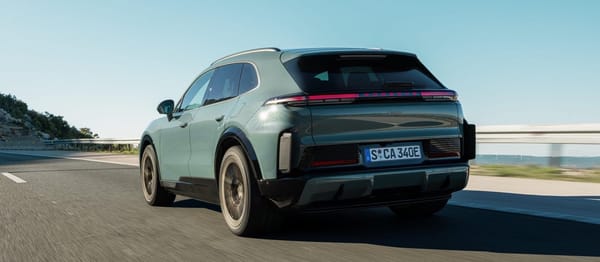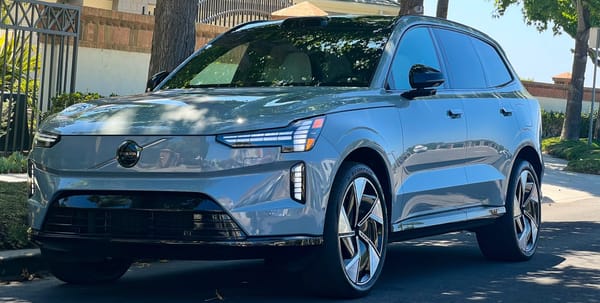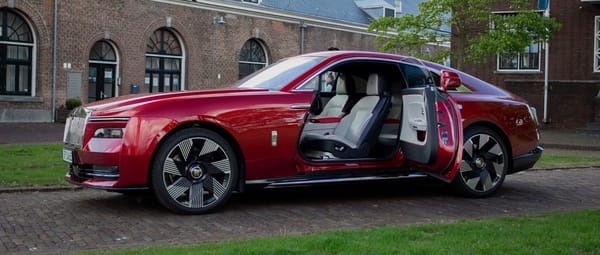It's down to which rubber you use
In this case it is the size AND how you use it.
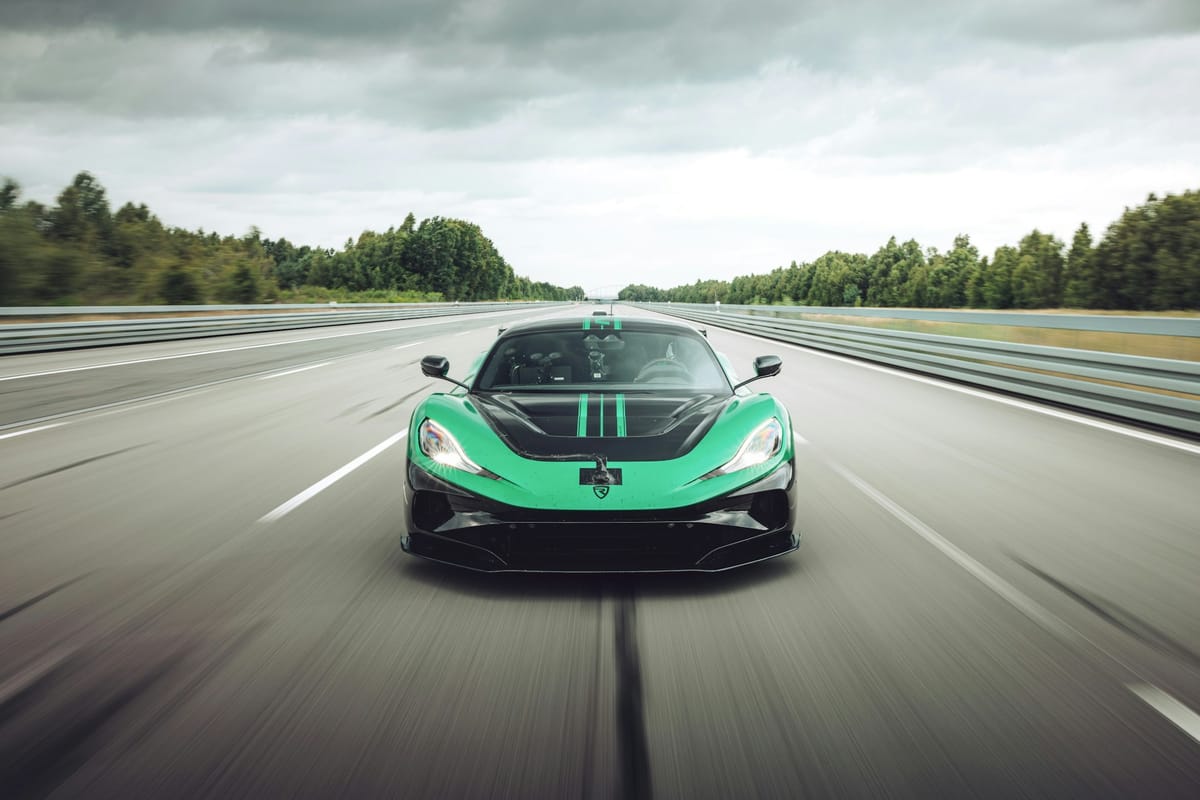
It always feels a bit like cheating when an EV company boasts about breaking records. Especially when it comes to speed records. So call me a sceptic, but when Rimac announced that it broke 24 (!) records with a re-engineered version of the Rimac Nevera, which they named the R, for reference, I tried to find out how they managed to do this.
Most outlets mentioned the re-engineering and the downforce gains, but pretty much none mentioned the most important part in this equation: rubber. Rimac used new Pilot Cup 2 tires on the Nevera R, according to the press release.In fact, they did the whole re-engineering part to make the most use out of these.
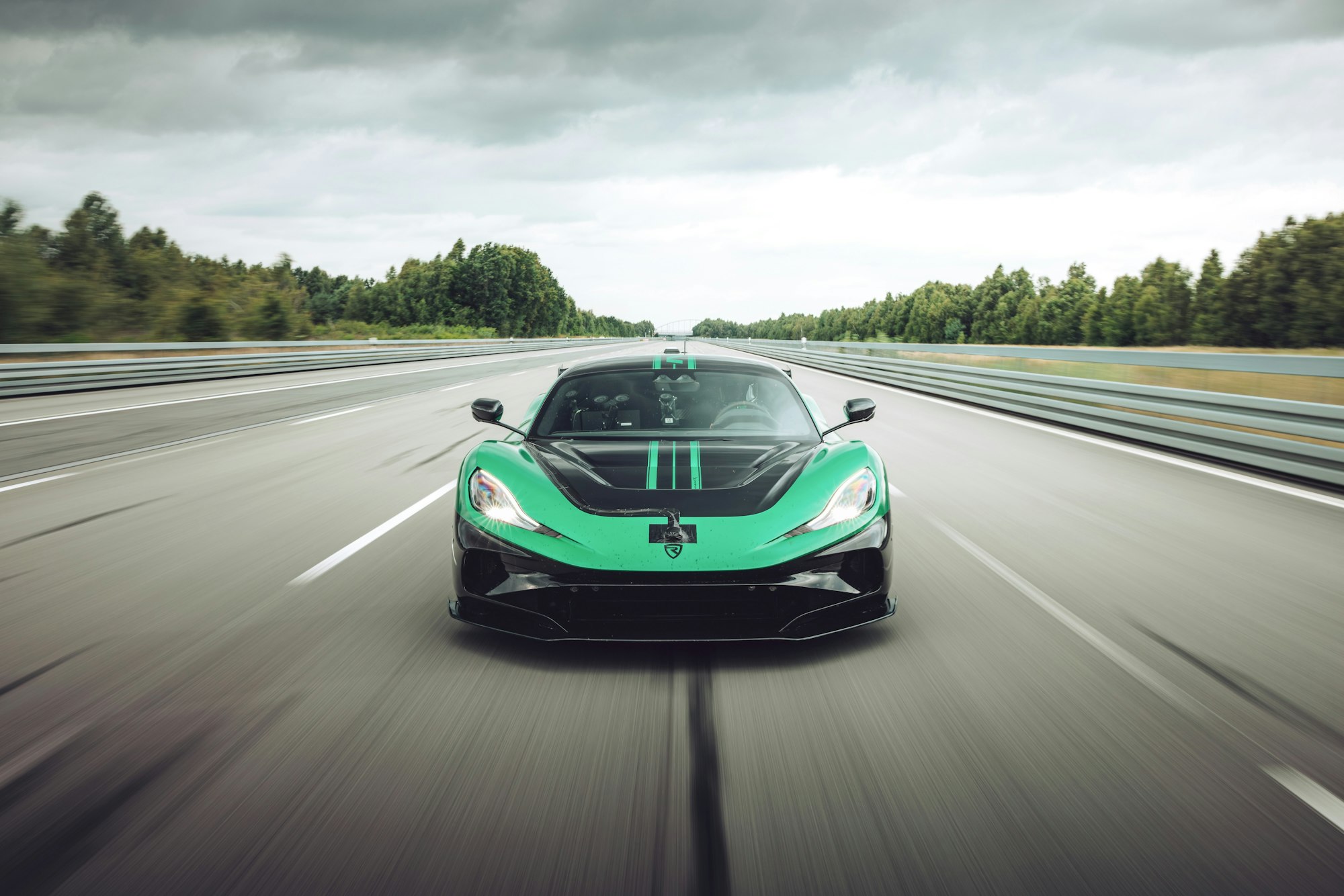
Want semi-daily updates on cars and the industy? Subscribe to Nitch now!
Don’t believe me? This is a direct quote taken from the press release: “The enhanced aerodynamic package, featuring a fixed rear wing and enlarged diffuser, generates 15% more downforce while improving aerodynamic efficiency by 10%. New Michelin Cup 2 tires reduce understeer by 10% while increasing lateral grip by 5%, working in conjunction with the next-generation All-Wheel Torque Vectoring system that has been specifically recalibrated to maximize the potential of the high-performance rubber.”
I don’t know how much better those ‘new’ tires have gotten over the old ones, but we’re probably talking marginally here. If not, Rimac would be boasting about the gains made with the re-engineering for pretty much nothing. Simply put: better rubber, means better traction, which translates to quicker acceleration and even better braking.
Then the question arises: if the rubber is better, why would you do so much work just to get the most out of a set of tires? Because when it comes to the forces the Nevera R can unleash on them, tires are always going to be the weakest link in the chain. You can have all the power in the world, but when you can’t put it down, it’s essentially worthless.
It’s especially relevant to the Nevera R, because this mostly becomes an issue when we’re talking about cars that can break the 0-100 km/u sprint time of two seconds. Below that, it becomes increasingly hard to improve without getting better rubber. A fact Engineering Explained showed a couple of years ago.
In other news:
Max Verstappen is still at Red Bull.
The best car show in the world has started. Goodwood Festival of Speed is live again. Check the live stream. I saw a monowheel with 40 hp doing the hill climb. It’s perfect!
Going back to the newsletter of earlier this week where I was talking about screens in cars being dangerous, following that Mazda chose to finally allow a touchscreen in their car. The brand was previously adamant that is was very unsafe to be operating a touchscreen, but says that customers demanded it. So now it’s in their new cars.
Talking about defending weird choices, the designer of the Ferrari Xiaomi YU7 took to the media to clarify they didn’t steal any designs, but started with a different philosophy entirely. It’s based on three pillars: Design in accordance with science, design in accordance with natural laws and design in accordance with intuition. Nobody knows what that exactly means.
Thanks for reading Nitch! This post is public so feel free to share it. ❤️



